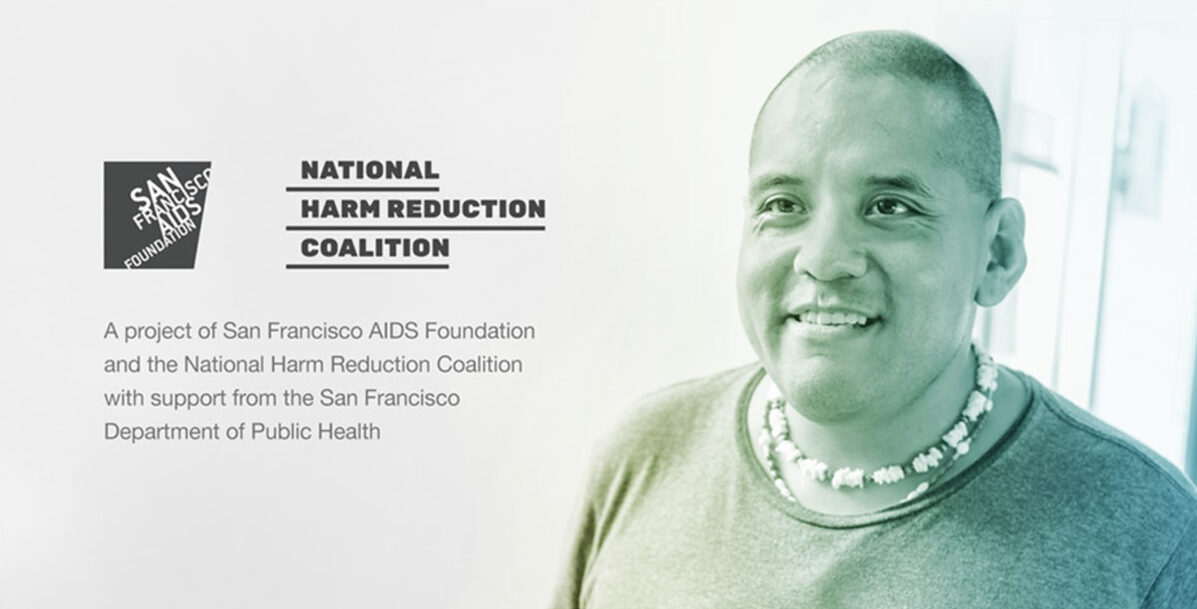Needs assessment report of Latino/x people who use drugs in San Francisco

Overdose incidence and death rates among Latino/x communities in California have increased dramatically in recent years. In 2019, San Francisco County was among the three counties in California with the highest opioid-related death rates among Latino/xs.
Recognizing these trends, San Francisco AIDS Foundation (SFAF) and the National Harm Reduction Coalition (NHRC) petitioned the San Francisco Department of Public Health (SFDPH) in 2021 to make funds available for conducting a needs assessment aimed at examining the conditions, challenges, and barriers impacting Latino/x people who use drugs (PWUD). This project is the first study of its kind in California using a harm reduction framework to prioritize the challenges faced by Latino/x substance users in accessing needed services. This report aims to fill existing gaps in knowledge about Latino/x PWUD in San Francisco and how best to serve them by pursuing the following three objectives:
- Investigate drug use practices among San Francisco’s Latino/x communities
- Investigate overdose experiences among San Francisco’s Latino/x communities and their knowledge of how to respond to overdose
- Identify the gaps and barriers to access culturally, linguistically, and structurally appropriate harm reduction-specific services targeting Latino/x communities
Our needs assessment reveals that Latino/x PWUD in San Francisco face multiple barriers to accessing critical harm reduction services and a significant portion of them lack knowledge regarding life-saving tools, such as naloxone. Moreover, our assessment indicates that Latino/x PWUD experience various social inequalities—including a lack of housing and employment, inadequate access to mental health services, and undocumented or precarious legal status—that make them more vulnerable to overdose and may alienate them from existing services. At the end of this report, we provide a series of immediate, medium-term, and broader policy and program interventions aimed at overcoming existing knowledge gaps and service barriers. California has the largest Latino/x population in the United States, making it an important site for innovating and implementing harm reduction practices targeting this community. Thus, the results and proposals put forward by this project are relevant not only for stemming the tide of overdose among Latino/x PWUD in San Francisco, but also for protecting Latino/xs across the country.
Credits
Project Leadership: Brenda Cantero (NHRC), Claudia Figallo (SFAF), Laura Guzman (NHRC), Mark Pineda (SFAF), Carlos Martinez (UC Santa Cruz), Jorge Zepeda (SFAF)
Report authors: Carlos Martinez, Nik Altenberg, Julia Casas, Isabella Parmenter
Graphs: Nik Altenberg





